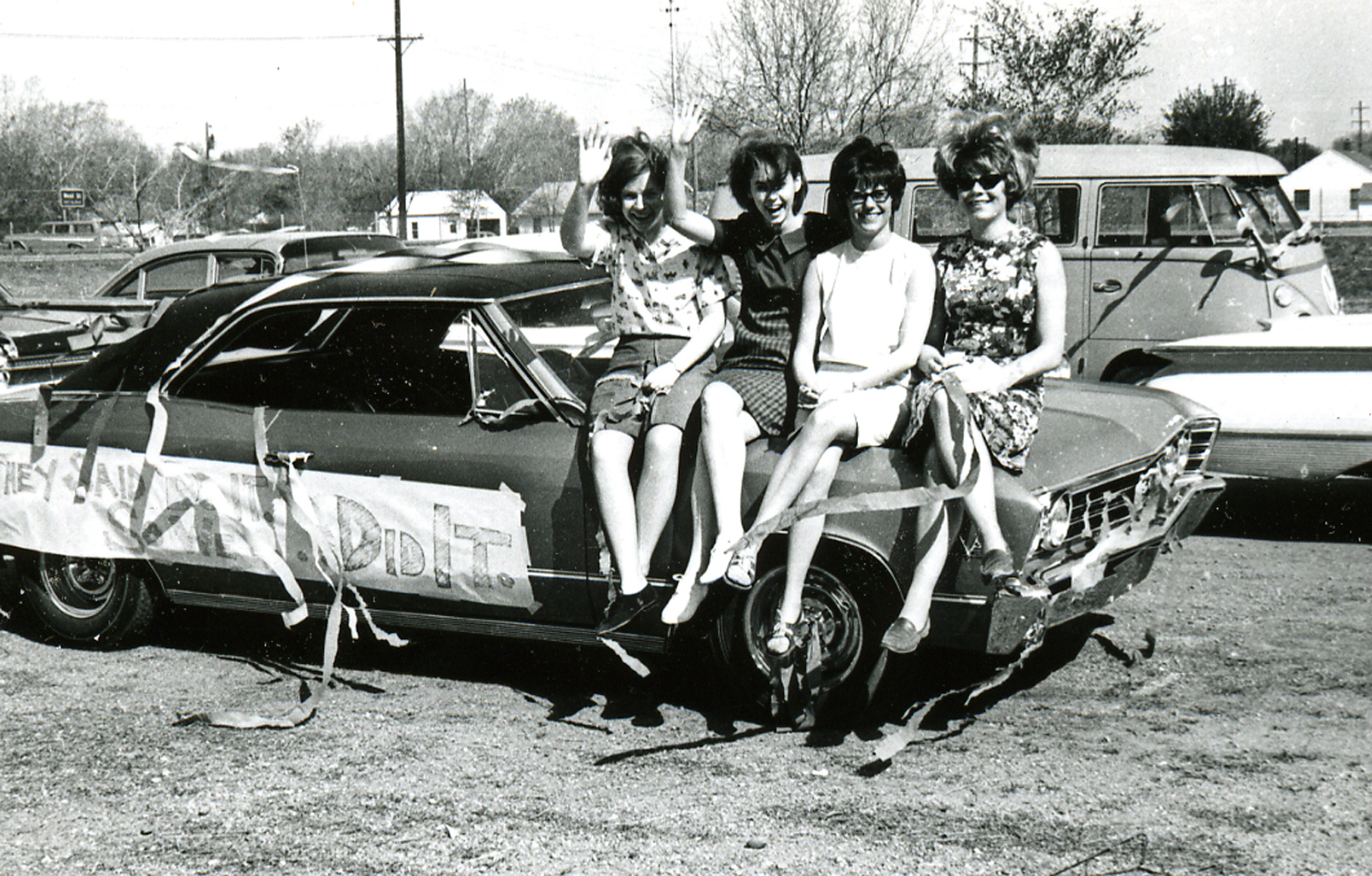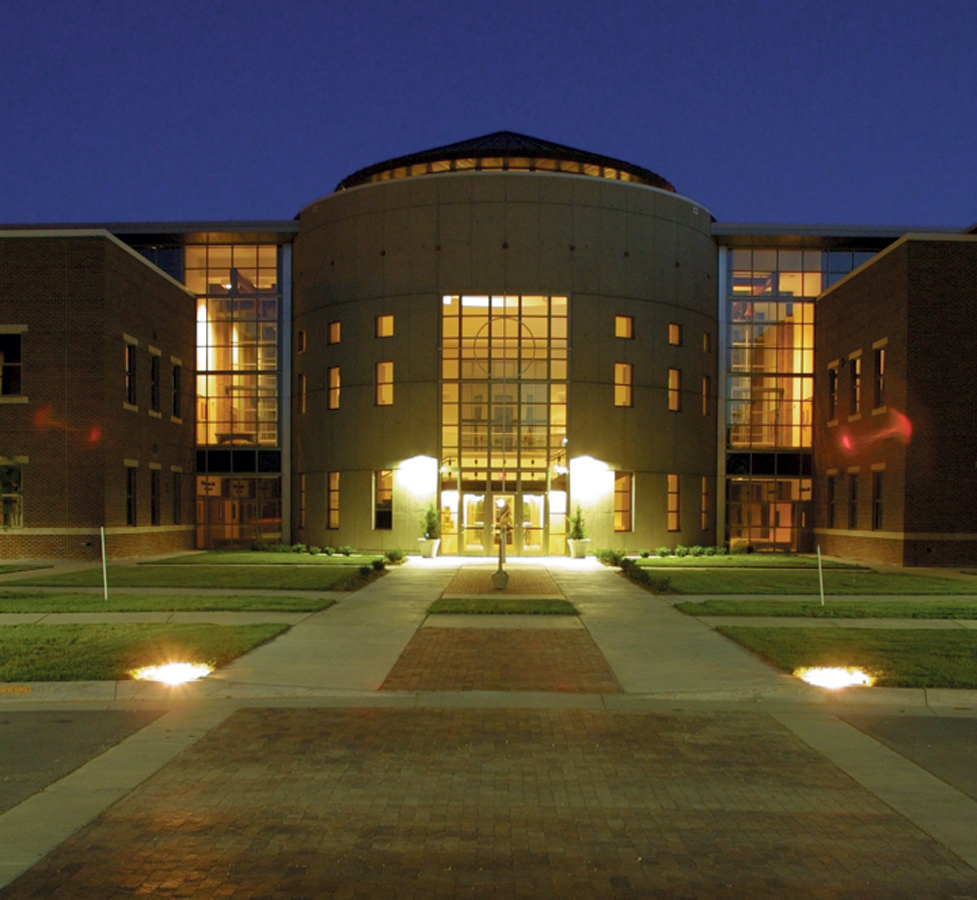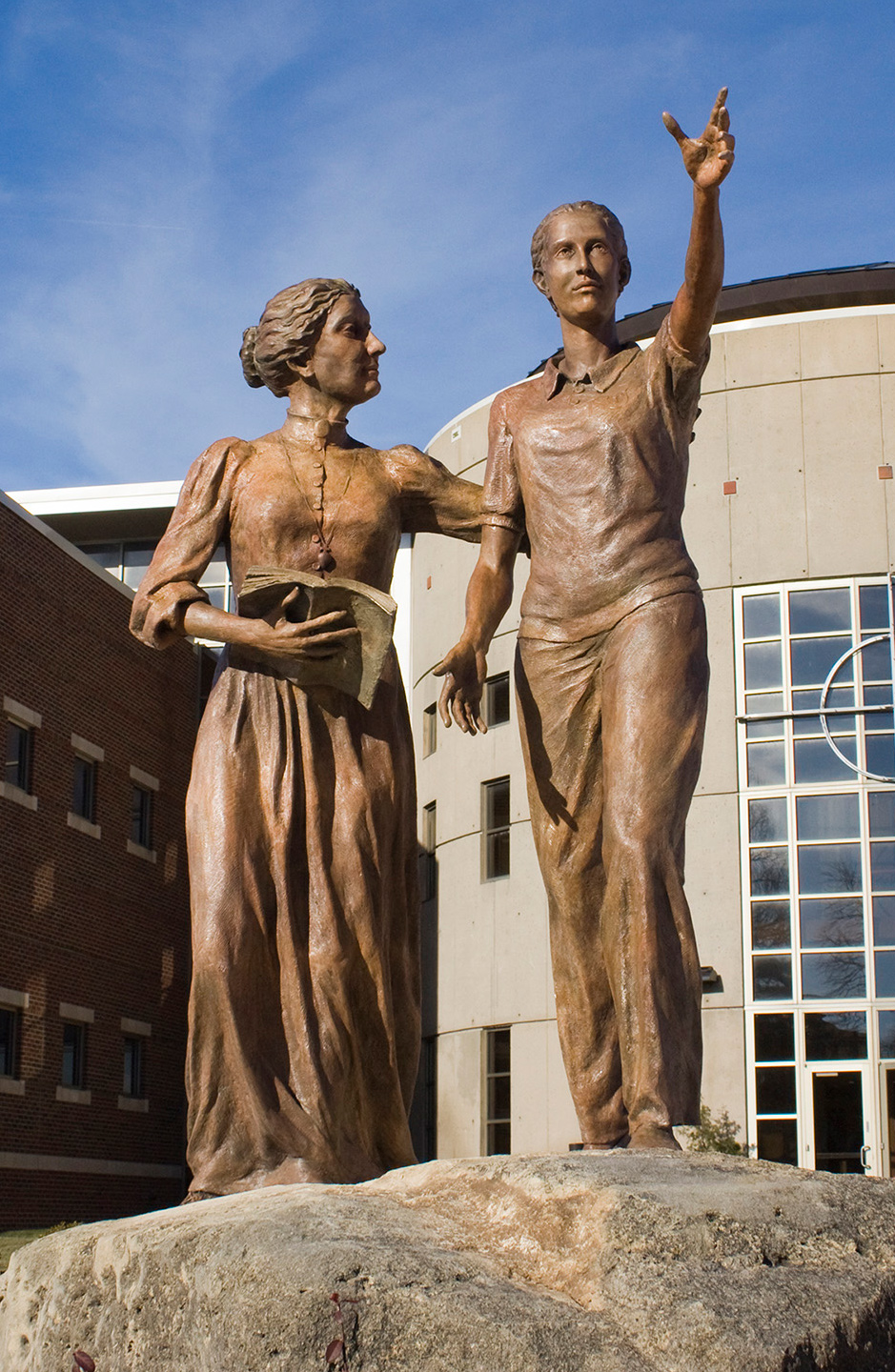As the Newman University community celebrates the 80th Anniversary of the founding of the institution, a brief look back over those eight decades shows a history of challenge, growth, change – and a determination to create a legacy of excellence.
The origins of the university actually reach back to 1834 in Acuto, Italy, when St. Maria De Mattias founded the Sisters Adorers of the Divine Blood, which later became the Adorers of the Blood of Christ (ASC). Following the example of St. Maria, the Adorers became educators, eventually bringing their mission of faith and education to the United States.
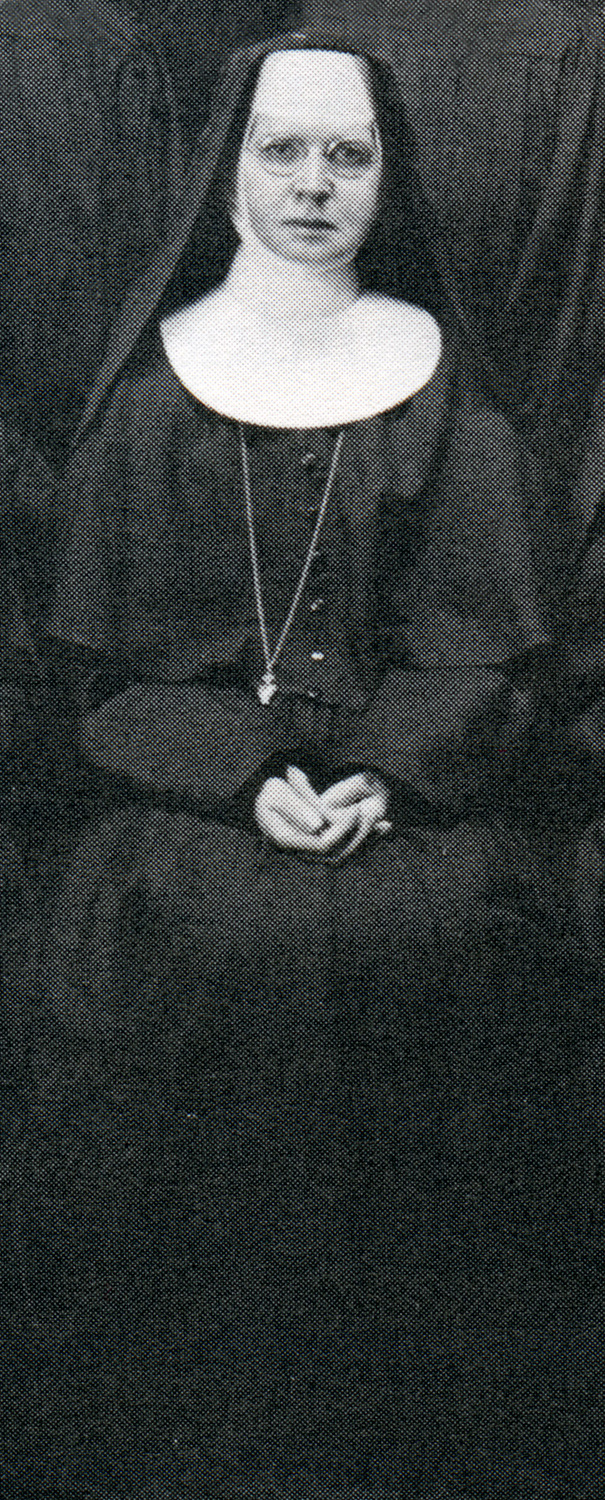
In 1902, Adorers arrived in Wichita and established St. John’s Institute, a boarding school for girls and, one year later, for boys. The sisters later created a high school, St. John’s Academy, which became Sacred Heart Academy. In the 1920s, a growing demand in the area for state-certified teachers led to the formation of the Sisters College of the Diocese of Wichita, a branch of the Municipal University of Wichita (now Wichita State University). The arrangement lasted five years, until in 1933 Mother Beata Netemeyer, the first provincial of the Wichita Adorers, established Sacred Heart Junior College. Rev. Leon McNeill, superintendent of Catholic education for the Wichita Diocese, agreed to serve as the first president.
The college was named Sacred Heart because the Wichita province of the Adorers was at that time called the Sacred Heart Province. The institution was owned and administered by the sisters under the supervision of the diocese. The college officially opened on Sept. 12, 1933, with “no personnel, no finances and very limited facilities” in the depths of the Great Depression. Despite facing many obstacles, the college steadily developed, training the sisters as teachers and later educating lay women in teacher education, nursing, secretarial science and home economics. The first graduating class of 1935 numbered 17.
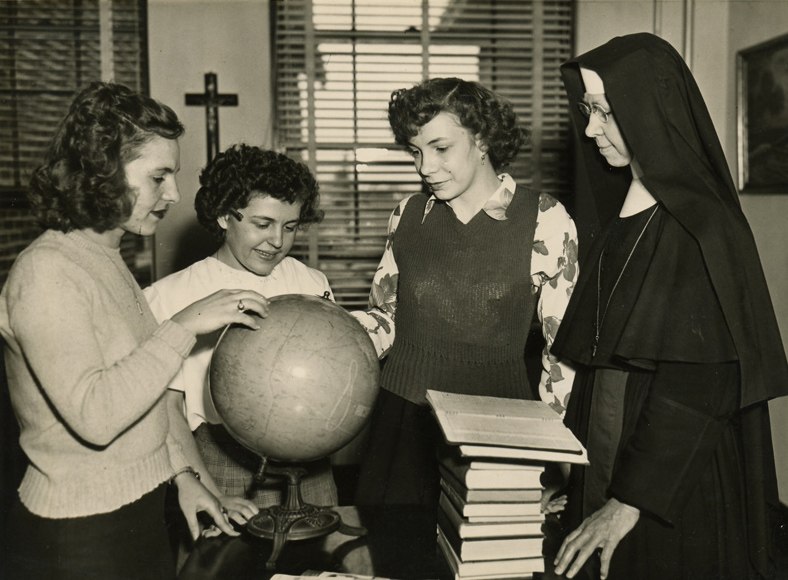
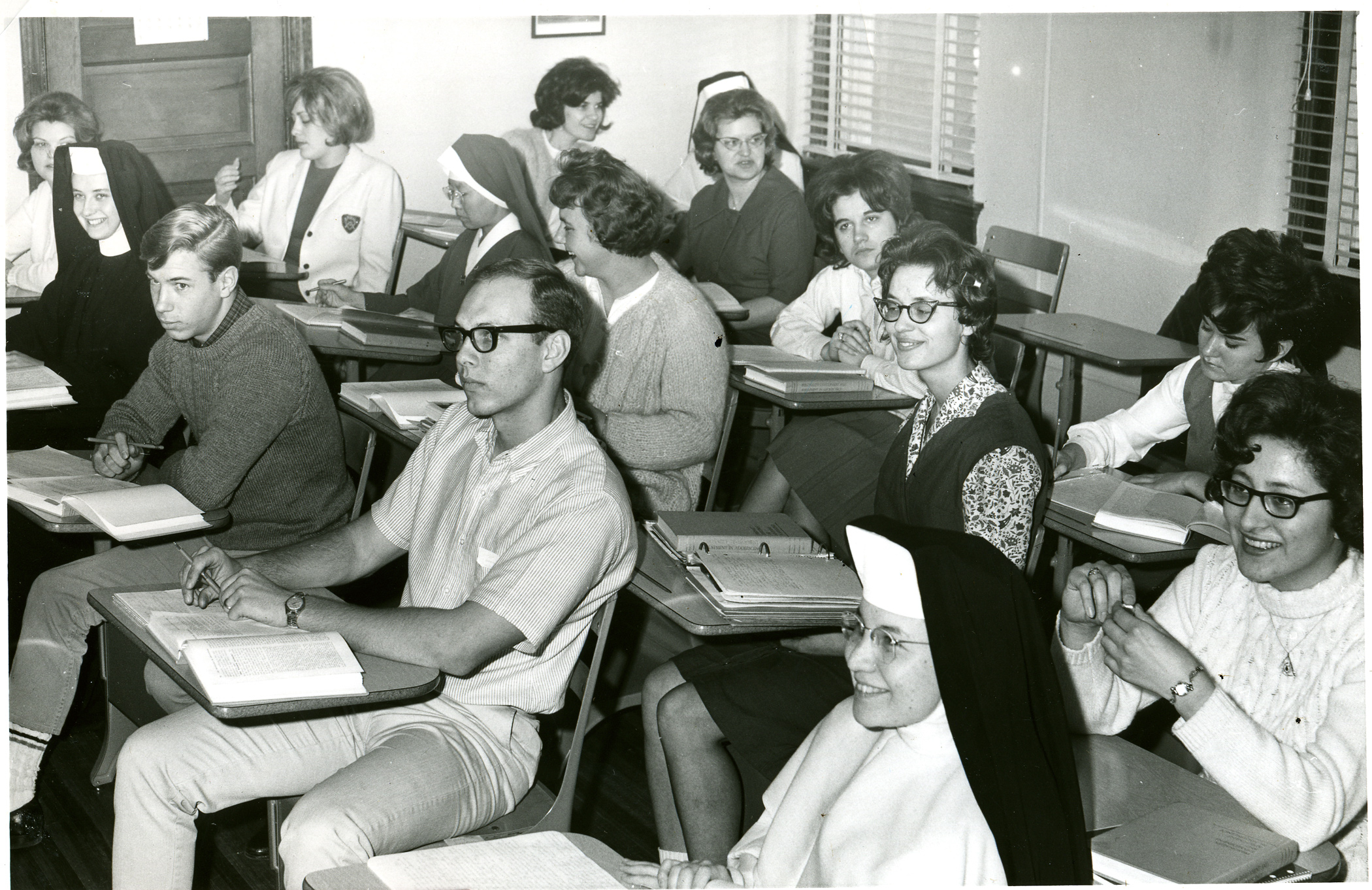
In 1973 the college’s name was changed to Kansas Newman College to reflect the continued growth of the institution and range of educational programs, and to honor John Henry Cardinal Newman. Through the 1970s many new programs were introduced, including women’s intercollegiate athletics and a nursing degree program.
.
.
.
.
In the 1990s, the college staged two successful capital campaigns to raise funds for much-needed new buildings that included classrooms and facilities for athletics and the fine arts. With the growth in campus facilities, enrollment, and more health care and business academic programs relevant to community needs, the institution changed its name in July 1998 to Newman University.
Over the past 15 years, Newman has continued to grow. The university has developed a range of academic programs offered in western and southeastern Kansas, Colorado Springs, Colo., and Tulsa and Oklahoma City, Okla. The university replaced Ryan Library with a world-class academic, social and cultural center – the Dugan Library and Campus Center – and built two new residence facilities, Fugate Hall and New Hall. The university also created Founders Plaza, which honors the more than 200 Adorers who have served on the location of modern-day Newman University since 1902.
In recognition of the university’s roots and heritage, the Plaza is anchored by a bronze statue of St. Maria De Mattias, symbolically offering support and direction to a young college student. It is a fitting image of both the origins and the future of Newman University, and a testament to eight decades of challenge, growth, change – and the continuing determination to reach new levels of excellence.
See more historical photos on the Newman University Flickr website.
